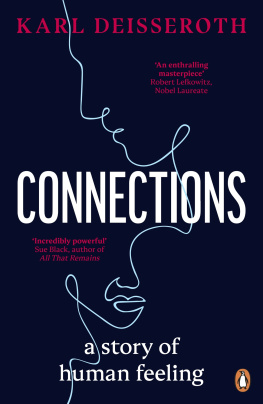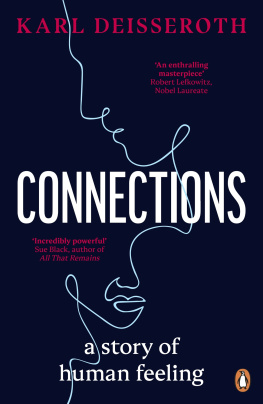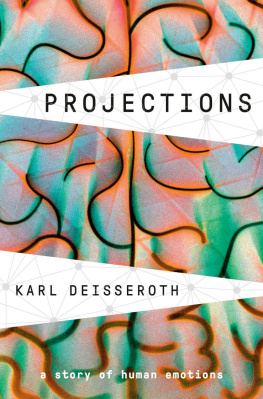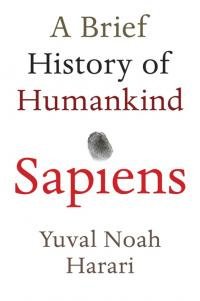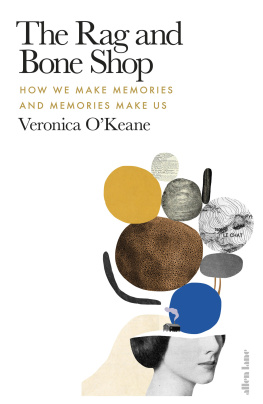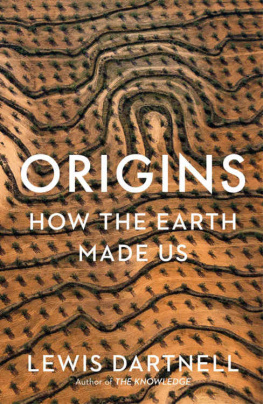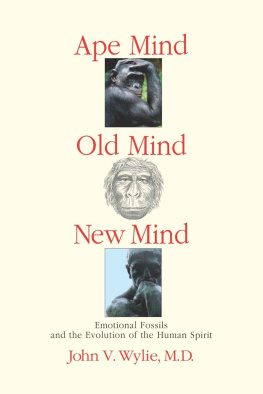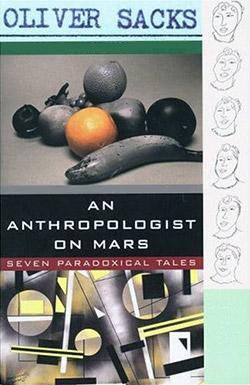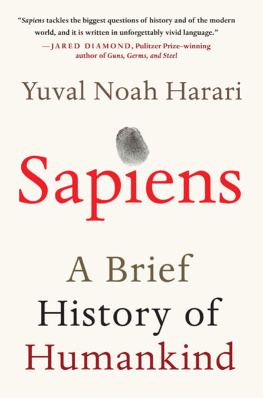PENGUIN BOOKS
UK | USA | Canada | Ireland | Australia
New Zealand | India | South Africa
Penguin Books is part of the Penguin Random House group of companies whose addresses can be found at global.penguinrandomhouse.com.

First published as Projections in the United States of America by Random House, an imprint and division of Penguin Random House LLC, New York 2021
First published as Connections in Great Britain by Viking 2021
Copyright Karl Deisseroth, 2021
The moral right of the author has been asserted
Permission credits can be found on .
ISBN: 978-0-241-98582-3
This ebook is copyright material and must not be copied, reproduced, transferred, distributed, leased, licensed or publicly performed or used in any way except as specifically permitted in writing by the publishers, as allowed under the terms and conditions under which it was purchased or as strictly permitted by applicable copyright law. Any unauthorized distribution or use of this text may be a direct infringement of the authors and publishers rights and those responsible may be liable in law accordingly.
Karl Deisseroth
CONNECTIONS
A Story of Human Feeling

For our family
I offer you the memory of a yellow rose seen at sunset, years before you were born.
I offer you explanations of yourself, theories about yourself, authentic and surprising news of yourself.
I can give you my loneliness, my darkness, the hunger of my heart; I am trying to bribe you with uncertainty, with danger, with defeat.
J ORGE L UIS B ORGES , Two English Poems

Prologue
After sound, light and heat,
memory, will and understanding.
J AMES J OYCE , Finnegans Wake
In the art of weaving, warp threads are structural, and strong, and anchored at the origincreating a frame for crossing fibers as the fabric is woven. Projecting across the advancing edge into free space, warp threads bridge the formed past, to the ragged present, to the yet-featureless future.
The tapestry of the human story has its own warp threads, rooted deep in the gorges of East Africaconnecting the shifting textures of human life over millions of yearsspanning pictographs backdropped by crevassed ice, by angulated forestry, by stone and steel, and by glowing rare earths.
The inner workings of the mind give form to these threadscreating a framework within us, upon which the story of each individual can come into being. Personal grain and color arise from the cross-threads of our moments and experiences, the fine weft of life, embedding and obscuring the underlying scaffold with intricate and sometimes lovely detail.
Here are stories of this fabric fraying in those who are illin the minds of people for whom the warp is exposed, and raw, and revealing.
The bewildering intensity of emergency psychiatry provides a context for all of the stories in this volume. If such a setting is to illuminate the shared fabric of the human mind, disrupted inner states should be rendered onto the page as faithfully as possible. So here, symptom descriptions from patients are unaltered and real, to reflect the essential nature, the true timbre and soul, of these experiencesthough to maintain privacy, many other details have been changed.
Likewise, the powerful neuroscience technologies describedwhich complement psychiatry by providing a distinct way of looking into the brainare also entirely real, despite their sometimes science-fiction-like and decidedly unsettling qualities. As depicted here, these methods are drawn unchanged from peer-reviewed papers out of laboratories around the world, including my own.
But even medicine and science are inadequate alone to describe the human internal experience, and so some of these stories are told not from the point of view of a doctor or a scientist but from a patients perspectivesometimes in the first or third person, sometimes with altered states reflected by altered language. Where another persons inner depthstheir thoughts or feelings or memoriesare depicted in this way, the text reflects neither science nor medicine, but only a reaching out of my own imagination, with care and respect and humility, to create a conversation with voices I have never heard, but only sensed in echoes. The challenge of trying to perceive, and experience, unconventional realities from the patients perspective is the heart of psychiatry, working through the distortions of both observer and observed. But inevitably the true innermost voices of the departed and the silenced, the suffering and the lost, remain private.
Imagination here is of uncertain value, and none is asserted, but experience has revealed the many limitations of modern neuroscience and psychiatry in isolation. Ideas from literature have long seemed to me just as important for understanding patientsat times providing a window into the brain more informative than any microscope objective. I still value literature as much as science in thinking about the mind, and whenever possible I return to a lifelong love of writingthough for years this love was only a banked ember, covered with science and medicine, like drifts of ash and snow.
Somehow three independent perspectives, psychiatry and imagination and technology, together can frame the conceptual space neededperhaps because they have little in common.
Along the first dimension is the story of a psychiatrist, told through a progression of clinical experiences, each centered on one or two human beings. Just as when a fabric frays, its hidden structural threads can be revealed (or when a bit of DNA mutates, the original functions of the damaged gene can be inferred), the broken describe the unbrokenand so each story underscores how the hidden inner experiences of healthy human beings, and perhaps of a doctor as well, might be revealed by the even more cryptic and shadowed experiences of psychiatric patients.
Each story also imagines the emerging human inner experience of emotions, in moments of the world today and across millennia in steps along our journey, past obstacles in our path that may not have been traversed without compromise. This second progression begins with stories of simple and ancient circuits for just being alivethe cells for breathing, or for moving with muscles, or for creating the fundamental barrier between self and other. That earliest, most primal boundary, between each of us and the worldcalled ectoderm, a lonely fragile layer thin as a single cellgives rise to skin as well as brain, and so it is with this same ancient borderline that contact between human beings is felt in all its forms, physical or psychologicalacross the spectrum, from healthy to disordered social states.
The stories move among the universal feelings of loss and grief in human relationships, to deep fractures in the basic experience of external reality that come with mania and psychosis, and finally to disruptions encroaching even on the inner self: the lost ability to feel pleasure in our lives as can happen in depression, the lost motivation to nourish ourselves as in disorders of eating, and even the loss of the self itselfwith dementia at lifes end. Along this second dimension, the emotions of the subjective inner world, we begin and end with imaginationwhether in stories of prehistory (feelings leave no fossils; we cannot know what was felt in the past, and so we do not attempt to be evolutionary psychologists) or of the present (since even today we cannot directly observe another human beings inner experience).
Next page
